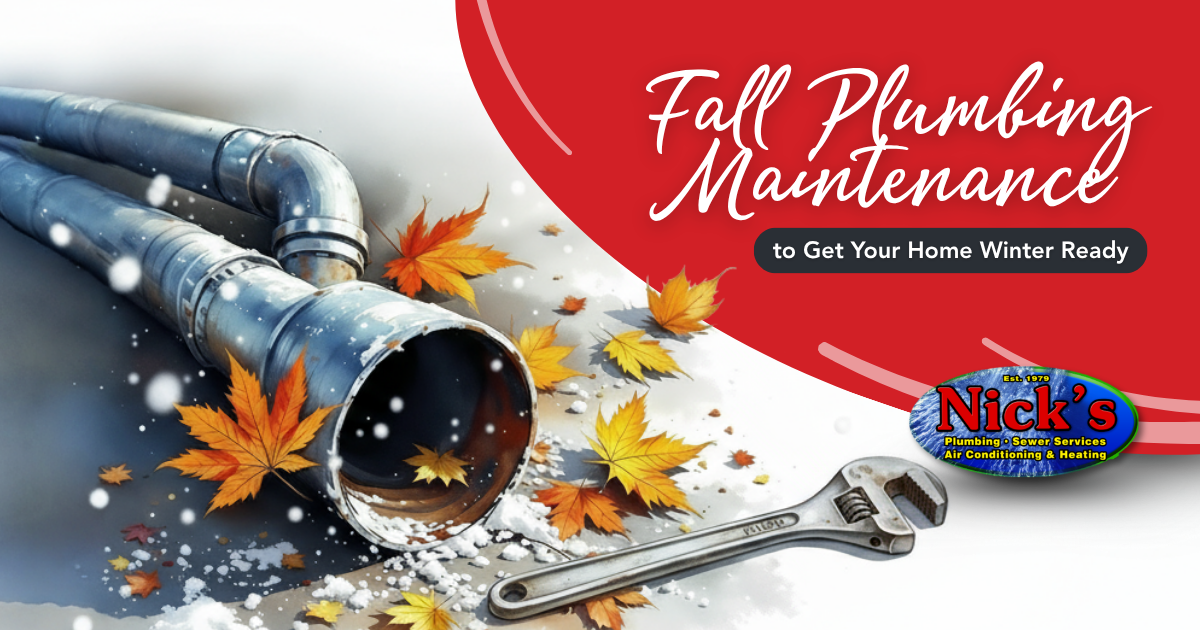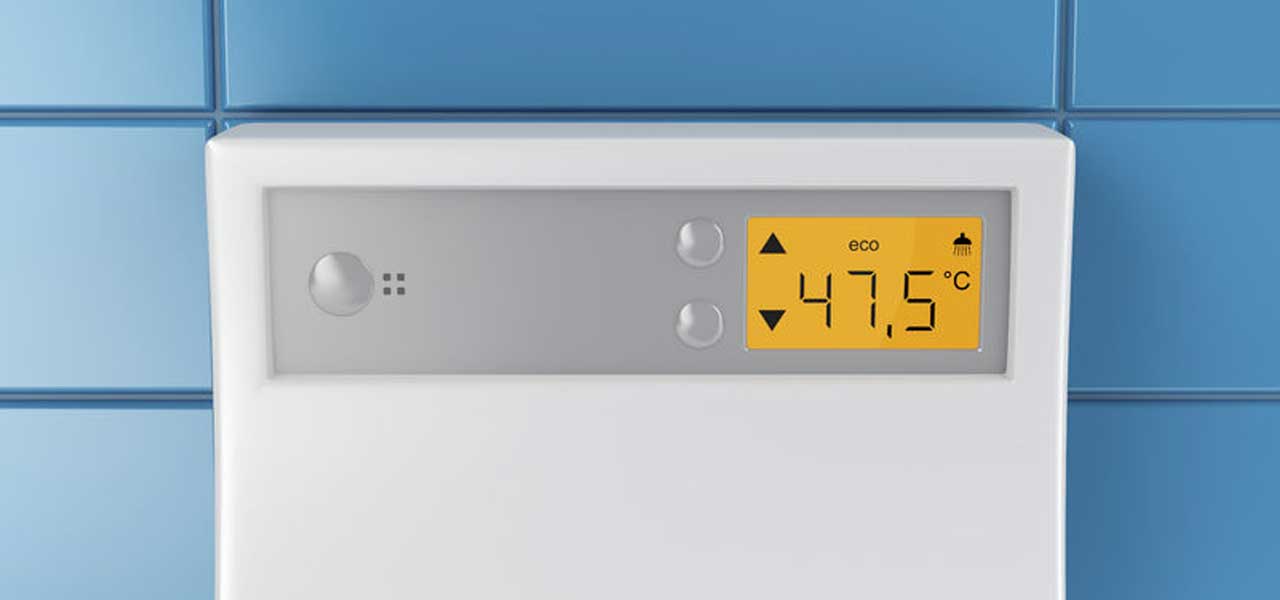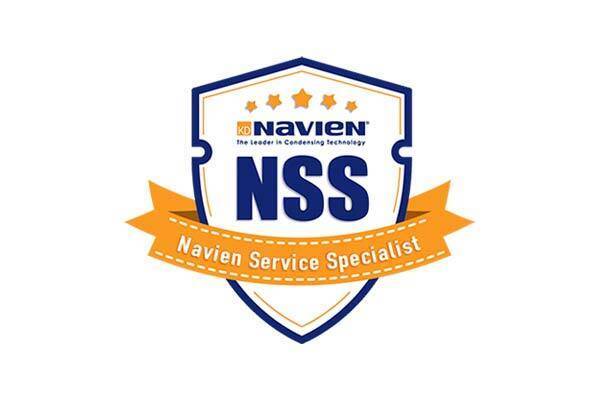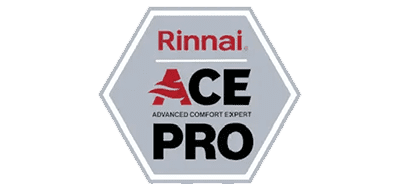Why Houston Homeowners Shouldn’t Skip Fall Plumbing Maintenance.
During the winter season, Houstonians are highly unlikely to experience the months of miserable sub-freezing temperatures and treacherous icy roads that places like Buffalo, NY, or Duluth, MN, do. However, as we’ve seen twice in just the last five years, Houston is certainly not immune to a few days of temperatures well below freezing, along with the rare coating of snow and ice on the roads, making your drive to work “interesting” at best.
Even our expectations toward winter weather have changed as every year we’ve come to expect our first “easy to deal with” hard freeze in January, usually followed by another that’s colder and leaves significant damage in its wake, sometime in February. These sudden shifts in temperature are absolutely terrible for your pipes, water heaters, hose bibs, and even “hidden” parts of your system that you would never have known existed until something went wrong with them.
Fall plumbing maintenance service is less about “looking for problems that aren’t there” and more about catching minor issues before cold weather exacerbates them. That seemingly harmless little drip under the bathroom sink will not be staying harmless for long. When the weather cools down again, the freezing temperatures and the repeated back and forth between frozen and thawed states can cause that tiny break in your pipe to expand, creating a larger leak.
Consider your annual HVAC maintenance service and inspection as a cost-effective form of insurance, as well as a once-a-year tune-up that keeps water where it belongs, protects your foundation and floors, and helps your system weather winter without issues. You’ll also get a realistic picture of what may need attention in the coming year so that you can plan—not panic.
How Can I Assist in Preparing My Plumbing for Cold Weather?
Start from outside, and work your way in.
Disconnect and drain garden hoses, then give your outdoor spigots a minute to run dry. If you have shut-off valves or a PEX manifold for controlling the water lines, close the appropriate valves and open the outdoor spigots to bleed off any remaining water. Toss an insulated cover over each of the hose bibs—it’s a tiny expense that pays for itself the first time a freeze rolls through. That’s seasonal DIY plumbing maintenance at its simplest.
Inside, take a quick tour to identify the usual suspects: look under sinks for damp rings or salt-like residue, feel along supply lines for dampness, and check the ceilings beneath upstairs bathrooms. Anywhere you see staining, bubbling paint, or musty odors deserves immediate attention.
If your home has plumbing in unheated areas (such as garages, crawl spaces, and attics), wrap exposed pipes with foam sleeves and seal any obvious drafts where pipes pass through exterior walls. The goal isn’t going to make everything toasty, but it will keep cold air from rushing across your pipes.
What Professional Plumbing Maintenance Should Be Done in the Fall?
Once you’ve conquered all the DIY options, it’s time to bring in the pros. What are they going to do that you couldn’t? When it comes to HVAC winter preparation in the fall, here’s what actually moves the needle:
- Outdoor Lines and Fixtures: Hoses disconnected and drained; hose bibs bled and covered; irrigation controller set to “rain/freeze” mode; backflow preventer drained and insulated.
- Exposed Piping: Foam sleeves on pipes in the garage, crawl space, attic; gaps sealed with caulk or foam where cold air enters.
- Leaks and Slow Drains: Fix the little stuff now—loose compression fittings, worn washers, weeping stops, and sluggish traps—to prevent winter “surprises.”
- Water Heater Basics: Check for corrosion at connections, test the T&P valve briefly, and flush a few gallons to remove sediment. Set the temperature to ~120°F for safety and efficiency.
If you want this distilled into one sentence: your fall plumbing checklist is about removing standing water from areas it shouldn’t be, keeping cold air away from your pipes, and verifying the “workhorses” (like your water heater) are running efficiently before cold weather arrives.
What a Pro Looks for During a Fall Plumbing Check-Up.
A professional inspection goes a few layers deeper than the eyeball test. We pressure-test pipes where appropriate, verify that shut-off valves actually shut off the water, and assess the age/condition of supply lines, stops, and angle valves, particularly on toilets and under sinks—both of which are known to be leak-prone areas.
We’ll inspect trap arms and vents if you’ve experienced recurring slow drains, and, when warranted, use a high-definition camera snake to examine portions of the sewer line for offsets, intruding roots, or bellies in the line.
We also examine “minor” details that matter more in winter, such as loose cleanout caps and missing cover plates on gas and plumbing lines, which can create a draft opening. Sweating on cold lines can lead to mold, and the condition of fittings where different types of metals meet, such as copper and galvanized steel, is also critical.
Is Your Water Heater Ready for Winter?
Colder incoming water means your water heater has to work harder and for more extended periods to maintain the normal desired temperature. If your water heater is located in the attic or garage, it must also operate against the colder ambient temperature in these non-air-conditioned areas of the house.
If you’ve put off maintenance, you’ll feel it—longer recovery times, temperature swings, maybe even that “popcorn popping” sound that screams sediment buildup. A quick fall service (flushing partial sediment, inspecting the anode rod, and expansion tank performance) can help smooth out delivery and keep your winter energy costs in check. If your tank is older and showing signs of rust around the base or fittings, fall is an ideal time to consider replacing it, rather than waiting for a cold snap.
What You Need to Know About Draining Your Sprinkler System Before Winter
Houston sprinkler systems don’t require the entire system to be blown out, unlike those in colder northern states. Irrigation systems still trap water in places that freeze first, such as vacuum breakers/backflow preventers, shallow lateral lines, and risers.
- Controller & timing: Set the controller to “off” or “rain/freeze” mode. It prevents accidental cycles during a cold front.
- Low-point drainage: If your system has manual drain valves at low points, open them on freeze warnings so gravity can do the work.
- Backflow protection: Insulate the backflow assembly; on hard freezes, wrap it with a towel under the cover for extra insurance.
If you’re unsure where these components are located or how your system drains, this is a great five-minute question to ask during your fall visit. A tech can mark low points and show you the “freeze routine” once, so you’re set for every cold snap.
Why You Want to Include Your Sewer Line in the Fall Plumbing Inspection and Maintenance Service.
Sewer lines don’t care about your calendar, but the holidays are almost always when problems show up: more guests, more cooking fats, more paper, more everything. Cooler weather also means that congealed grease and soap combine to narrow the pipe diameter more quickly. If you’ve had seasonal plumbing maintenance before and still notice slow fixtures or periodic gurgling, fall is the time to take a look downstream.
A quick camera inspection can spot root intrusion, separations, or bellies that trap solids. If we find buildup, a targeted cleaning (cabling or hydro-jetting) restores flow before the season of heavy use. It’s far better than discovering an obstruction the night before your family arrives.
FAQs About Fall Plumbing Maintenance
When should I schedule a plumbing inspection before the cold weather arrives?
Early fall is ideal—September through early November—so there’s time to address any issues we find before the first hard freeze.
What happens if I don’t winterize my plumbing system?
Usually…nothing—until the first severe freeze. That’s when hoses split, hose bibs crack, and exposed or drafty runs freeze and burst. The risk is characterized by low frequency and high cost. Prevention is cheaper.
Should I have my water heater serviced before winter?
Yes. Colder incoming water lowers the outlet temperature and lengthens the recovery time. A quick service (flush, safety checks, settings) helps you avoid “lukewarm shower season.”
Why Book Fall Plumbing Maintenance with Nick’s?
Because “set it and forget it” is not a strategy when weather whiplash hits. Nick’s Plumbing has been taking care of Houston homes for decades; we’ve seen the 2011 freeze, the 2021 deep freeze, and all the in-between winter seasons. We’ll tailor your fall plumbing maintenance to your home’s specific needs, considering the age of your piping, whether you have a slab or crawl space, an irrigation layout, and what type of water heater you have, and provide you with a simple plan for the first real cold snap.
You won’t get a sales pitch. You’ll get a clear picture of what’s good, what needs attention soon, and what to do when the forecast dips.
Stay Winter-Ready: Call Nick’s for Fall Plumbing Maintenance in Houston!


























